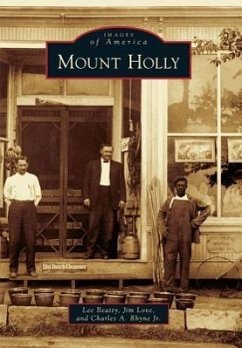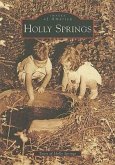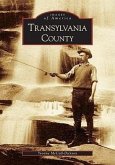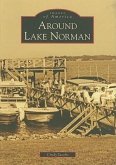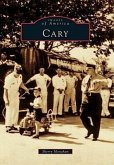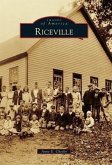From the mid-18th century, Mount Holly was known as Woodlawn, for Capt. Robert Alexander's farm. Alexander was a power in military and state affairs. When European settlers arrived, they found Catawba Indian settlements along the river. The historic Tuckaseegee Ford and Trail became a pathway west across the Catawba River for pioneers and for famous French botanist Andr Michaux in the late 18th century. Gaston County's first two textile mills, Mountain Island Mill (1848) and Woodlawn Mill (1852), bordered the Woodlawn community and started a textile revolution. The Mount Holly Cotton Mill (1874), the fourth Gaston County mill built in Woodlawn, became the name of the town in 1879. Capt. Wash Holland formed the acclaimed Euterpean Band in the early 1890s and was selected to play at the inauguration of Pres. William McKinley in 1897. American & Efird, Inc., a global thread company, has been headquartered in Mount Holly since 1891. Now, the river that drew early industry attracts boaters and kayakers from across the nation.

